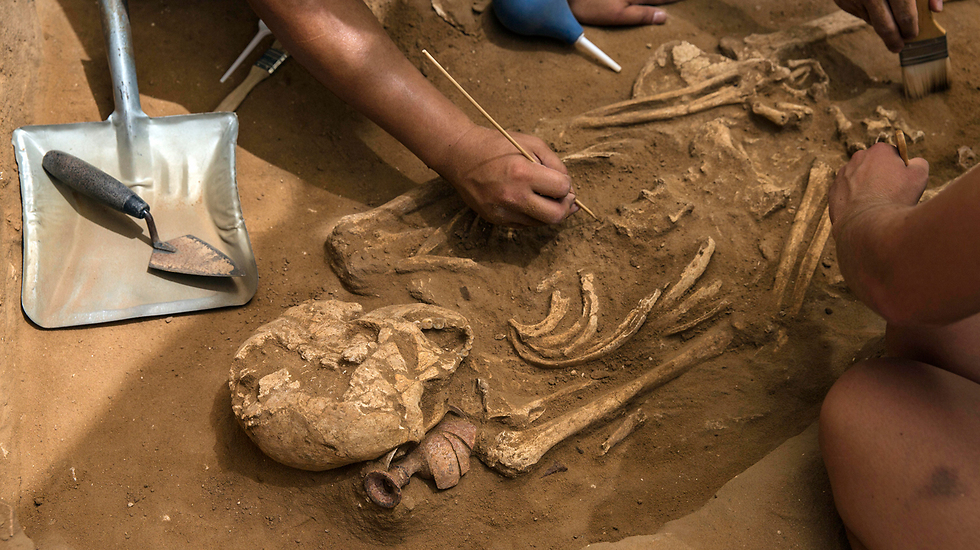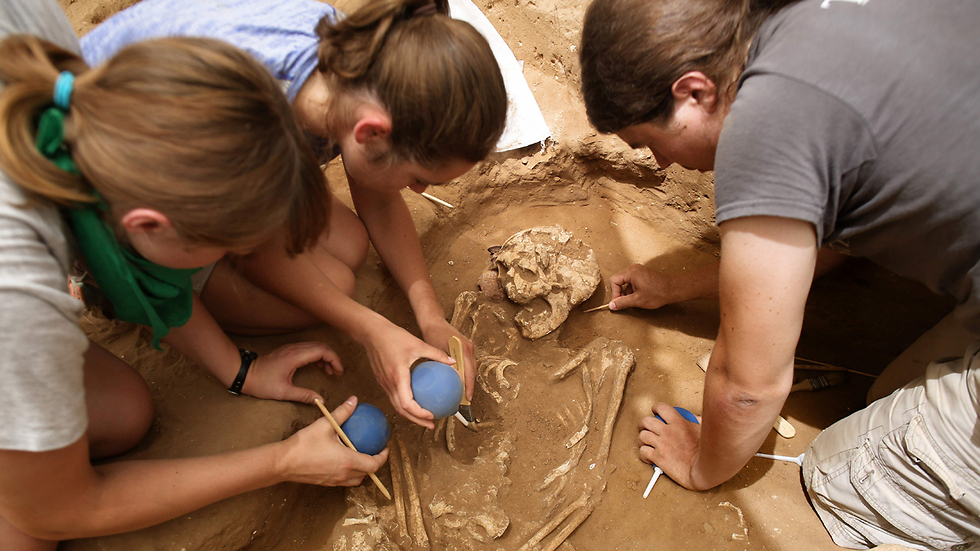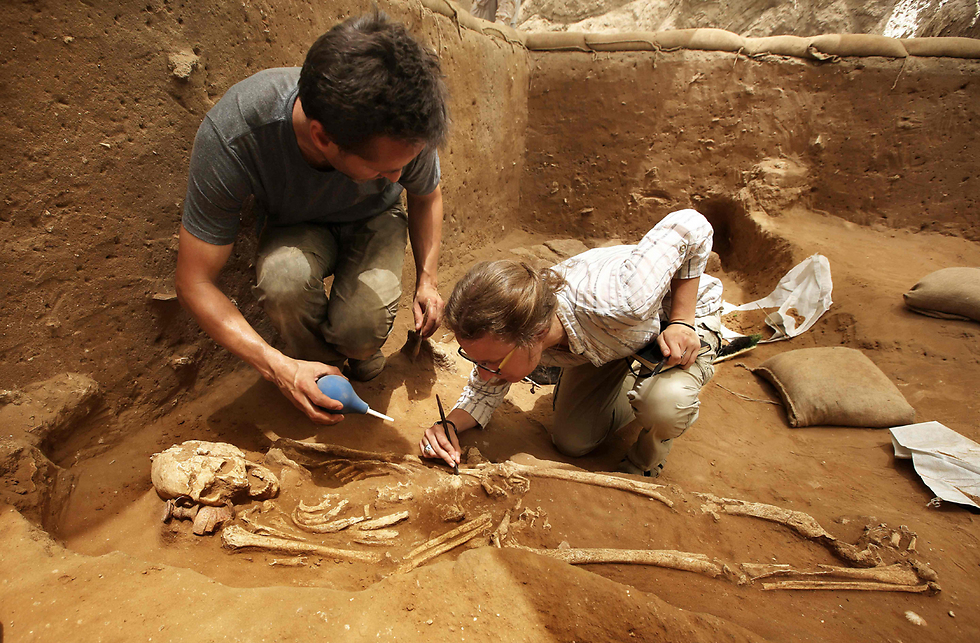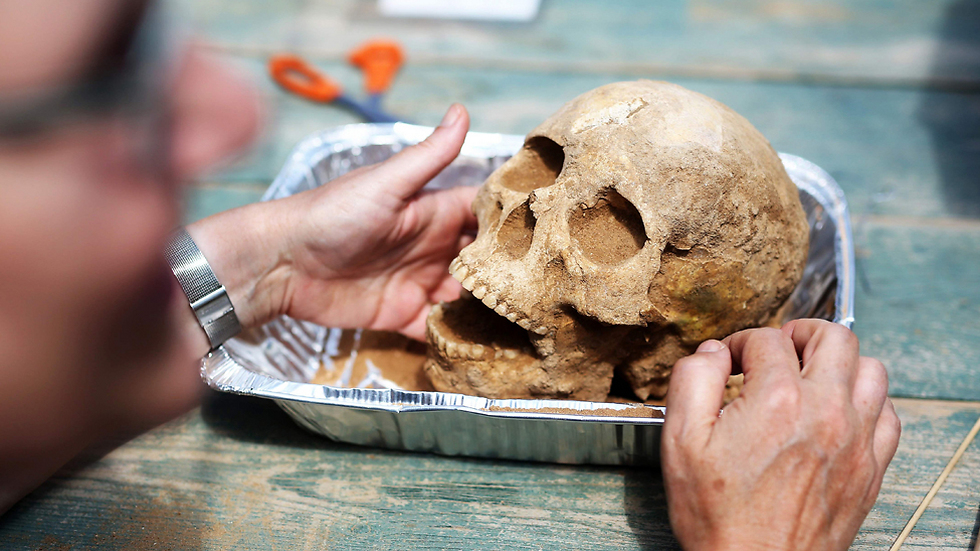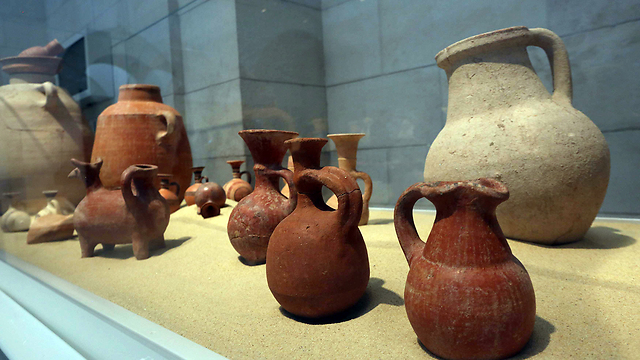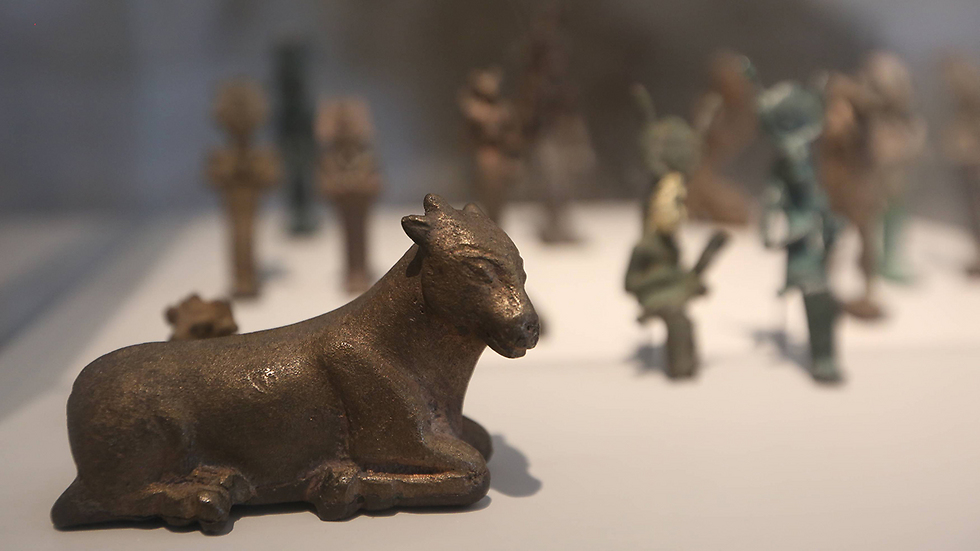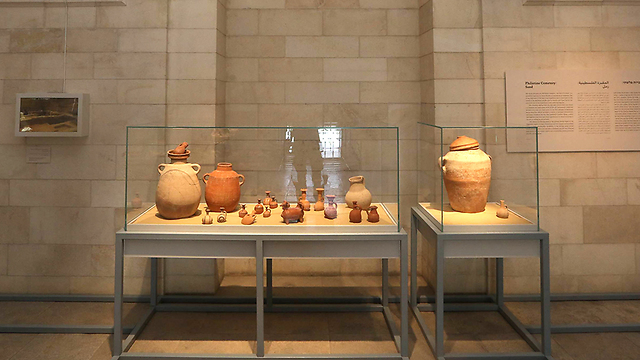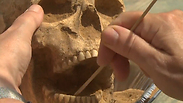
Israel find may help solve mystery of biblical Philistines
An archaeological discovery announced on Sunday in Israel may help solve an enduring biblical mystery: where did the ancient Philistines come from? Remains show how they were buried and reveal other traditions.
The Philistines left behind plenty of pottery. But part of the mystery surrounding the ancient people was that very little biological trace of them had been found until 2013.
That's when archaeologists excavating the site of the biblical city of Ashkelon found what they say is the first Philistine cemetery ever discovered, claiming to have uncovered the remains of more than 200 people there.
The discovery was finally unveiled on Sunday at the close of a 30-year excavation by the Leon Levy Expedition, a team of archaeologists from Harvard University, Boston College, Wheaton College in Illinois and Troy University in Alabama.
The team is now performing DNA, radiocarbon and other tests on bone samples uncovered at the cemetery, dating back to between the 11th and the 8th centuries B.C., to help resolve a debate about the Philistines' geographical origins. The archaeologists have not announced any conclusions, saying they are taking advantage of recent advances in DNA testing to get the most accurate results.
"After decades of studying what Philistines left behind, we have finally come face to face with the people themselves," said Daniel M. Master, professor of archaeology at Wheaton College and one of the leaders of the excavation. "With this discovery we are close to unlocking the secrets of their origins."
A few human remains at Philistine sites had been discovered in past years, but they provided too small a sample to draw conclusions, he added.
The archaeologists kept the discovery a secret for three years until the end of their dig because of a unique hazard of archaeology in modern-day Israel: they did not want to attract ultra-Orthodox Jewish protesters, Master explained.
"We had to bite our tongues for a long time," he said. In the past, the ultra-Orthodox have staged demonstrations at excavations where human remains are found, arguing that the remains could be Jewish and that disturbing them would violate a religious prohibition. The Leon Levy Expedition itself faced ultra-Orthodox demonstrators in the 1990s, during the excavation of a Canaanite burial site.
In the Bible, the Philistines are depicted as the ancient Israelites' archenemy, a foreign people who migrated from lands to the west and settled in five main cities in Philistia, in today's southern Israel and the Gaza Strip.
The most famous Philistine was Goliath, the fearsome warrior who was slain by a young King David. The Philistines' legacy lives on in the name Palestine, the term the Romans gave to the region in the 2nd century, and which is used today by Palestinians.
Archaeologists and biblical scholars have long believed the Philistines came from the Aegean region, based on pottery found in excavations of Philistine sites.
But scholars have debated where exactly in the Aegean region the Philistines came from: mainland Greece, the islands of Crete or Cyprus, or even Anatolia, in modern-day Turkey.
The bones might hold the answers, said archaeologist Yossi Garfinkel, an Israeli expert on the period who did not participate in the dig. He called the cemetery find "a very significant discovery indeed."
The excavation of the cemetery has also shed light on Philistine burial practices. The Philistines buried their dead with perfume bottles, placed near the face. Near the legs were jars that likely held oil, wine or food. In some cases, archaeologists found the dead were buried wearing necklaces, bracelets, earrings, and even toe rings. Some were also buried with their weapons.
"This is how Philistines treated their dead, and it's the code book to decoding everything," said archaeologist Adam Aja, a participant in the dig.
Finds from the cemetery went on display Sunday in an Israel Museum exhibition held at the Rockefeller Archaeological Museum in Jerusalem.











